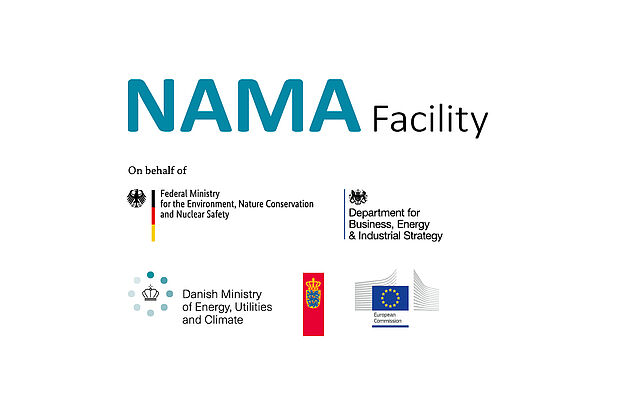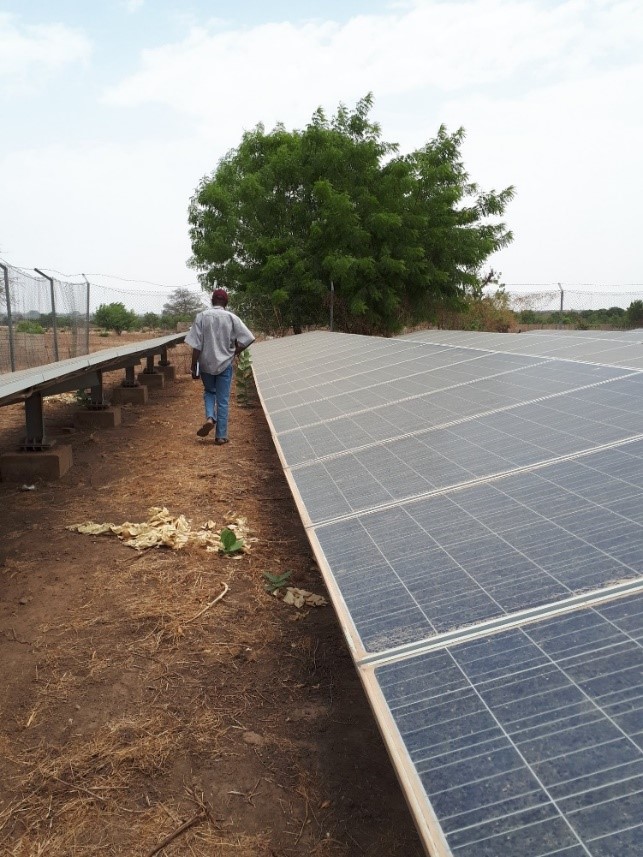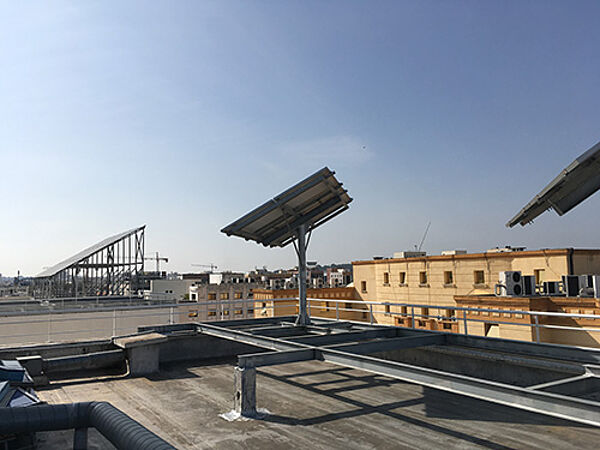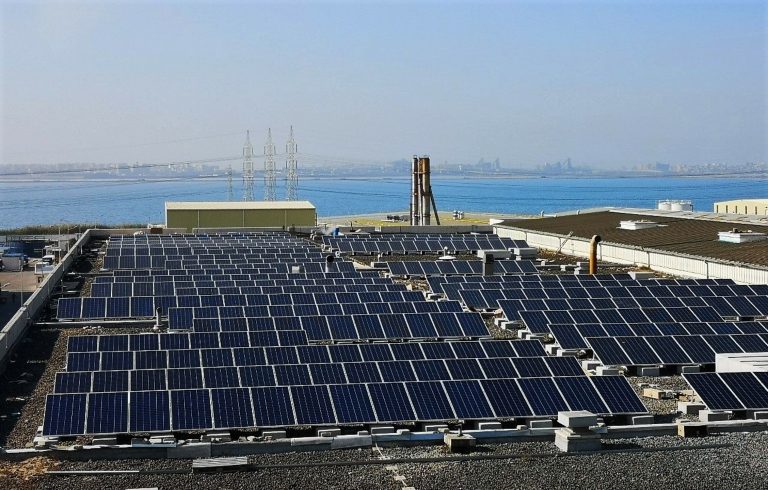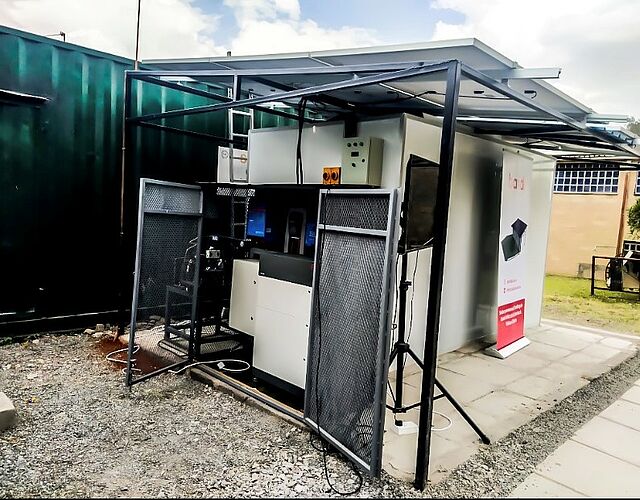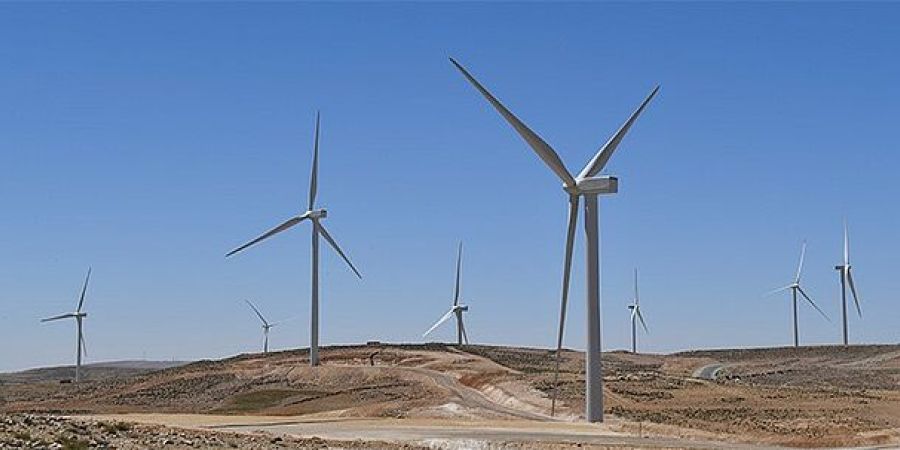
Background: Historically, Jordan’s energy sector has depended on fossil fuel imports for power generation, as Jordan’s electricity generation fleet is predominantly fueled by natural gas. In 2015, an interruption to the supply of gas from Egypt forced Jordan to import expensive and polluting heavy fuel oil (HFO) to generate electricity. Today, the energy sector accounts for about 70% of the country’s greenhouse gas emissions. Over the past years, the Jordanian renewable energy (RE) sector has experienced remarkable growth, increasing the RE installed capacity from about 20 MW to over 1,000 MW (with an estimated 800 MW under construction). This growth however comes with significant challenges, as Jordan needs to take measures to improve the demand-supply balance and the capacity of the grid to absorb further intermittent RE generation while ensuring the grid’s stability. The Jordanian grid operator NEPCO will be required to curtail RE generation in the future unless further adaptive measures are introduced.
Approach to Transformational Change: The project will blend public and private financing to support the construction of 450 MW pumped hydroelectric energy storage (PHES). This would contribute to balancing supply and demand in the power grid, support with integration of variable renewable energy (RE) sources such as wind and solar and reduce the curtailment of renewables by 80%.
Mitigation potential: The direct mitigation potential would be significant and relevant in the country context as it would help reduce the curtailment of REs, support expansion of REs and increase storage capacity to manage variable renewable energy sources. The GHG emissions mitigation potential is estimated to be up to 4.7 Mt CO2e over the lifetime of technology, which represents about 4.5 % of Jordan’s cumulative GHG emissions reduction target laid out in the country’s first updated Nationally Determined Contribution (NDC) until 2030.

